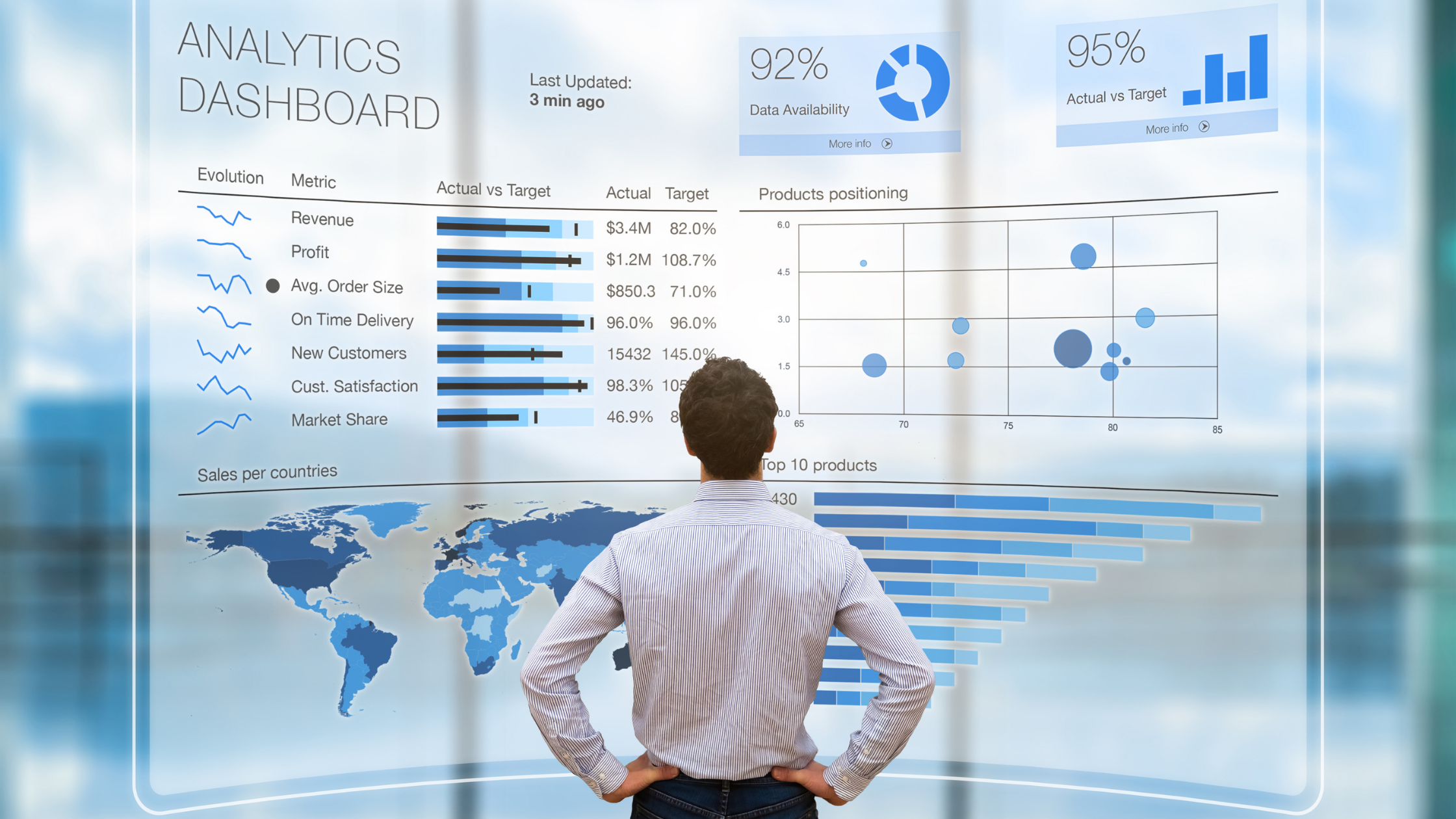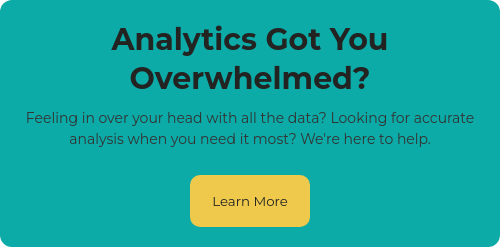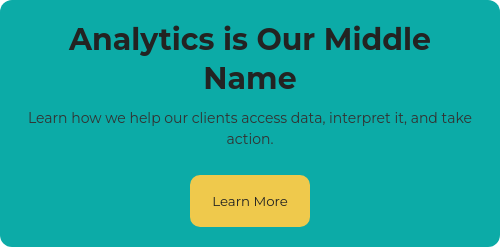If you've already executed SEO strategies and marketing campaigns for your brand, then you've likely already used or heard of Google Analytics (GA). Used by webmasters and marketers everywhere, it's an incomparably powerful tool for measuring traffic, ROI, and other key growth metrics.
That's especially true of Google Analytics 4 (GA4), the latest iteration of GA that Google released in the fall of 2020. If you want to know about the key elements of GA4 and how you can use it to measure growth, we've got you covered. Ahead, you'll find all the GA4 tools, dashboards, and insights you need to see your brand's growth in a whole new light.
Analyze Your App
If your brand is one of the many with its own mobile app, then one of the most attractive new features of GA4 is its ability to analyze apps as well as websites.
To start analyzing your brand's app, simply start creating a property as you would for a website. But when Analytics asks you to choose a data stream, simply choose iOS app or Android app instead of Web:

Then, follow the on-screen instructions to provide information such as the app's name as well as its iOS bundle name and App Store ID or Android package ID.
Once you've added the necessary details and fully linked your app to Google's servers, you'll be able to reap the benefits of GA4's analytical power for it as well as your brand's site.
Follow the Customer Journey
One of the most important aspects of maximizing your brand's growth is keeping tabs on the customer journey. This is true whether you're using the Pirate Funnel, a traditional inbound marketing funnel, or a more updated funnel.
With the help of GA4, that task can become significantly easier. This is thanks to Google's shifting Analytics' focus from devices and platforms to the customer experience.
Now, you can easily gain a holistic view of your brand's growth metrics in GA4's Life Cycle section. There, data is organized under subsections titled Acquisition, Engagement, Monetization, and Retention:
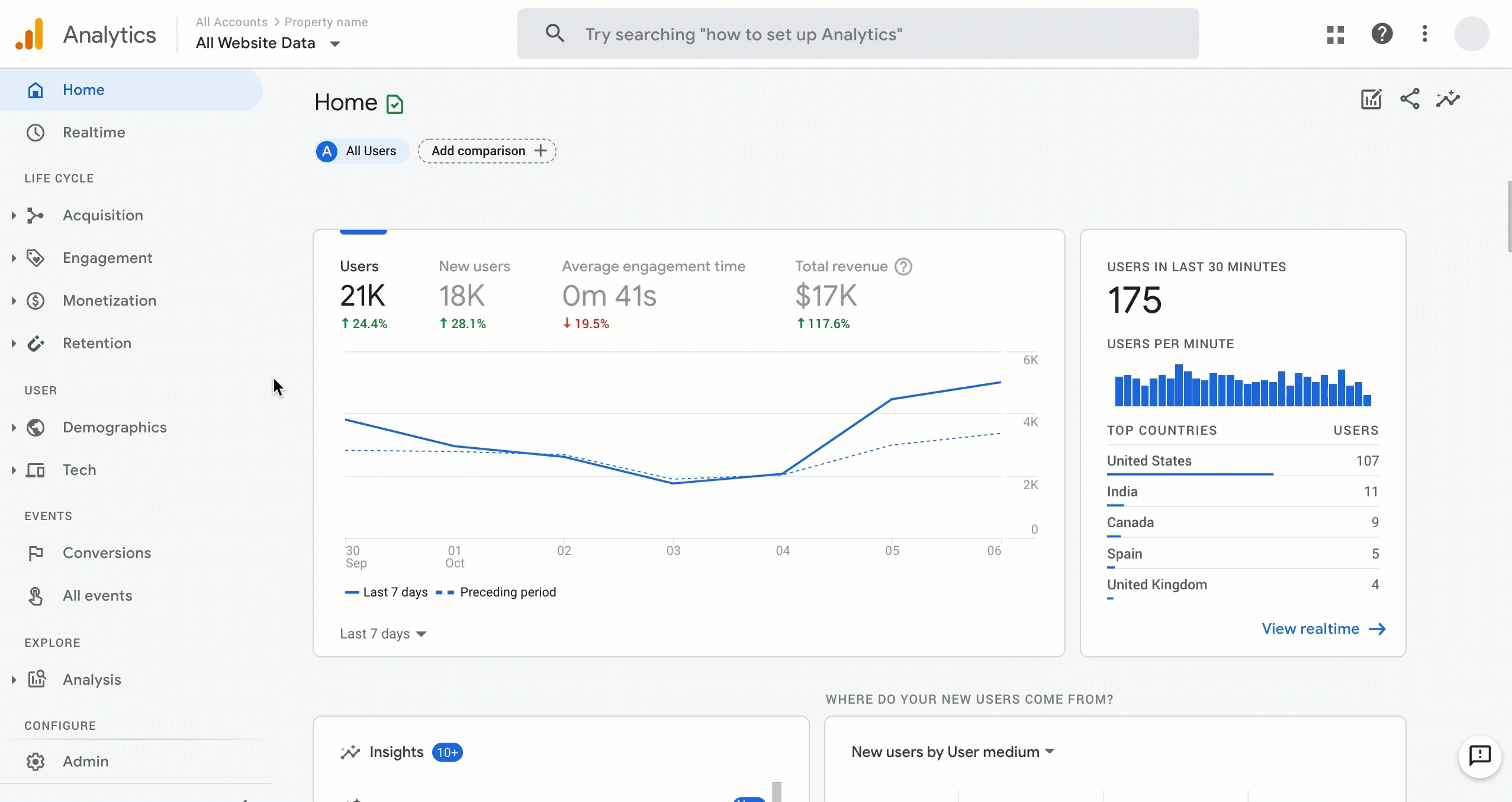
By evaluating the data contained in each of those subsections, you'll be able to see the big picture. For instance, if your engagement numbers are growing but your acquisition rates are dropping, then you can instantly see where your growth marketing resources should be allocated.
AI-Powered Predictions
Given that Google's artificial intelligence department boasts a team of more than 2,000 researchers around the world, it's not surprising that GA4 is equipped with cutting-edge capability driven by AI.
For example, GA4 provides three new predictive metrics designed to help you anticipate users' behavior:
- Purchase probability: The likelihood that a user who's been active within the last 28 days will convert within the next seven days
- Revenue prediction: The predicted revenue from all purchase conversions generated within the next 28 days by a user active within the last 28 days
- Churn probability: The likelihood that a user who was active within the last seven days will not be active within the next seven days
GA4 also goes beyond providing predictive metrics by offering the capability to create predictive audiences. These are audiences with one or more conditions based on a predictive metric, such as their likelihood to make a purchase within the next week.
Once you've created a predictive audience, you can easily see their likelihood to meet a predicted condition. In Google's example, a predictive audience's churn probability is visualized as a line graph:
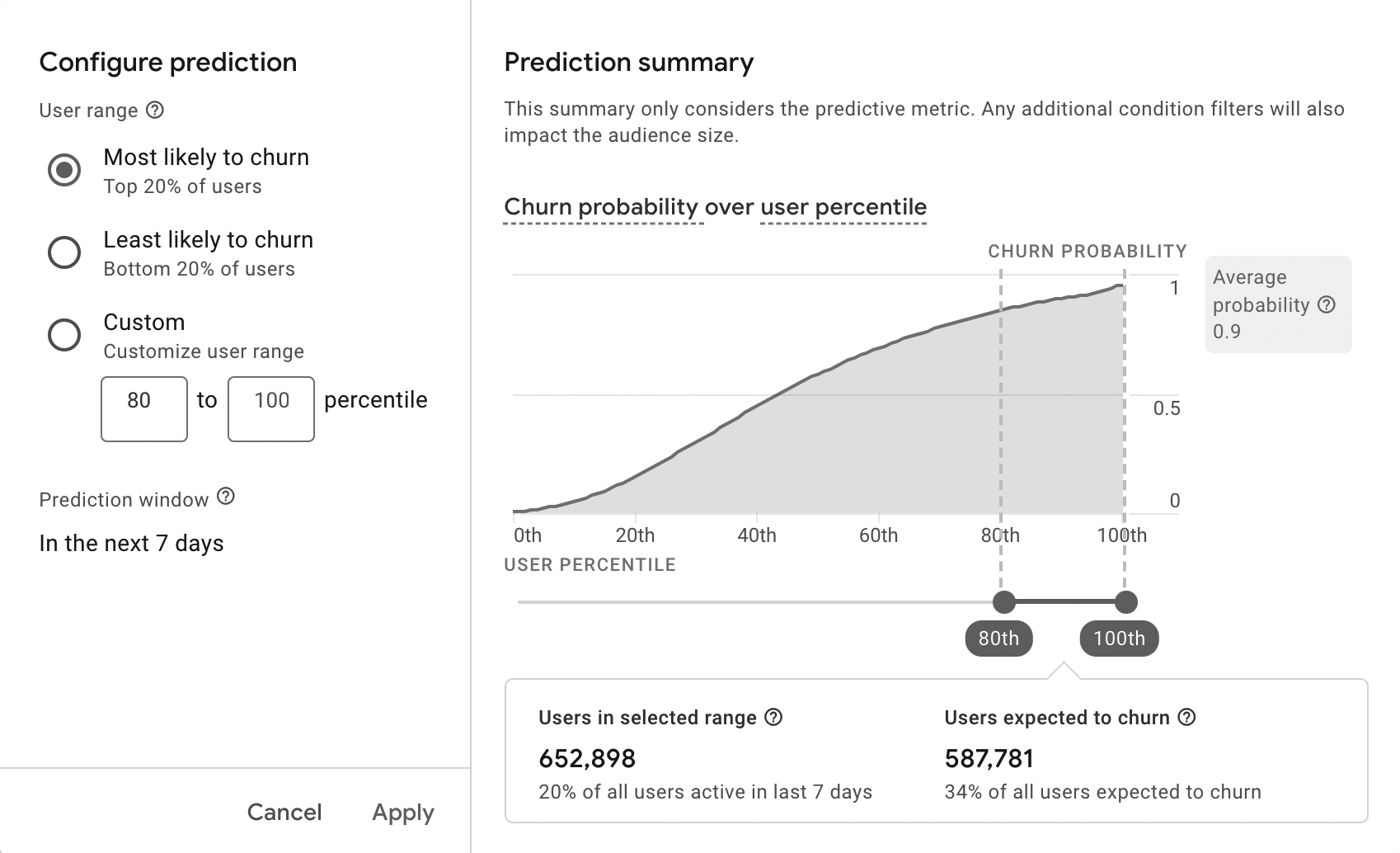
With AI-driven predictions such as these, you'll be able to not only learn from users' past behavior but also make smarter decisions for the future.
Know When to Transition to GA4
While GA4 may officially be the new standard version of Analytics, the fact remains that many organizations still use the previous version: Universal Analytics. Until GA4 was released in October of 2020, Universal Analytics was the standard for all sites.
But what may not be immediately apparent is that Universal Analytics is still perfectly functional — just ask one of the many organizations that still use it to fulfill their analytical needs.
So why should your organization bother transitioning from Universal Analytics to GA4? It all depends on individual wants and needs. For instance, if your organization has its own app, then GA4 would naturally be the better choice. The same is true if your data analysts or SEO pros are keen on using the predictive metrics that only GA4 can provide.
There are, of course, many more differences between GA4 and Universal Analytics. One example can be found in the way they process user interactions. In Universal Analytics, interactions are processed as hit types, which include page views, transactions, and the like. By contrast, GA4 processes all interactions as events:
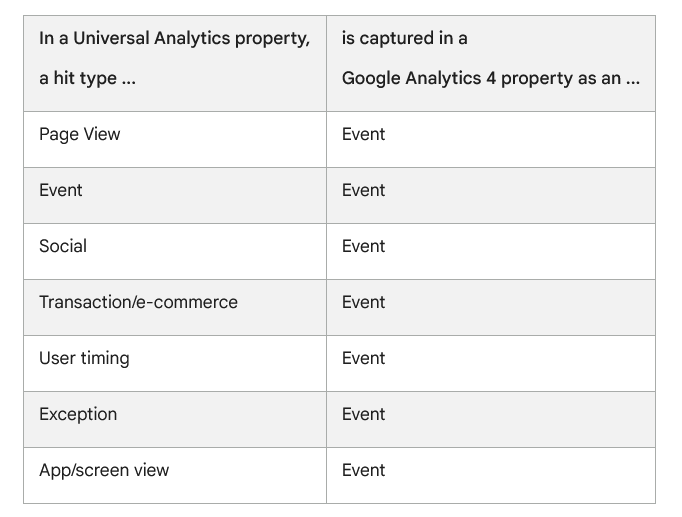
By the same token, Universal Analytics' custom dimensions and metrics have been replaced by event parameters in GA4:
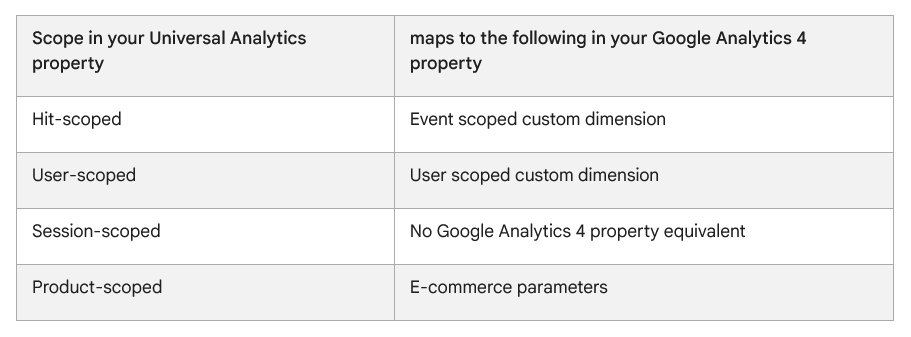
Viewing these differences, it's not hard to see why transitioning from Universal Analytics to GA4 is no easy task. And as you might expect, the more complicated your organization's needs, the more complicated the transition process will be.
So at the end of the day, the decision between Universal Analytics and GA4 comes down to the unique needs of your organization and team. Fortunately, both options are entirely viable — it's simply a matter of which one offers the capabilities you care about most.
One article isn't nearly enough to cover all the subtle nuances and powerful tools that GA4 contains. But by starting with the areas covered here, you can get your foot in the GA4 door and begin leveraging its next-gen features.
